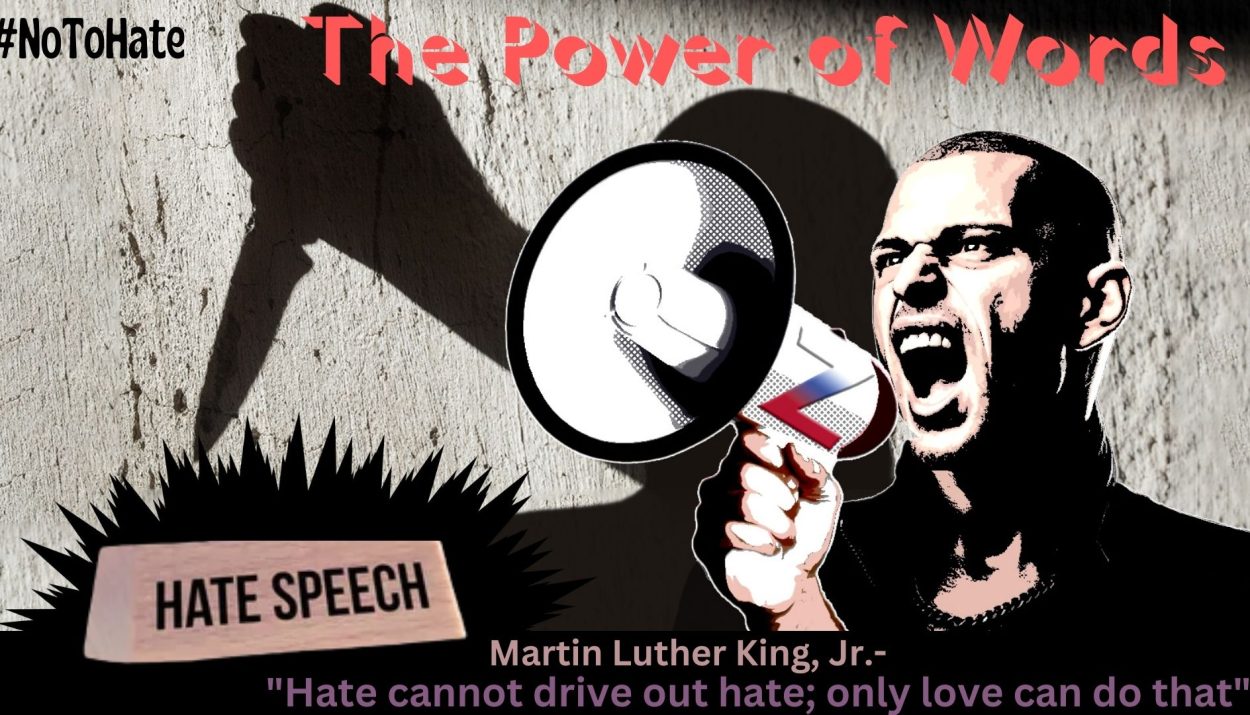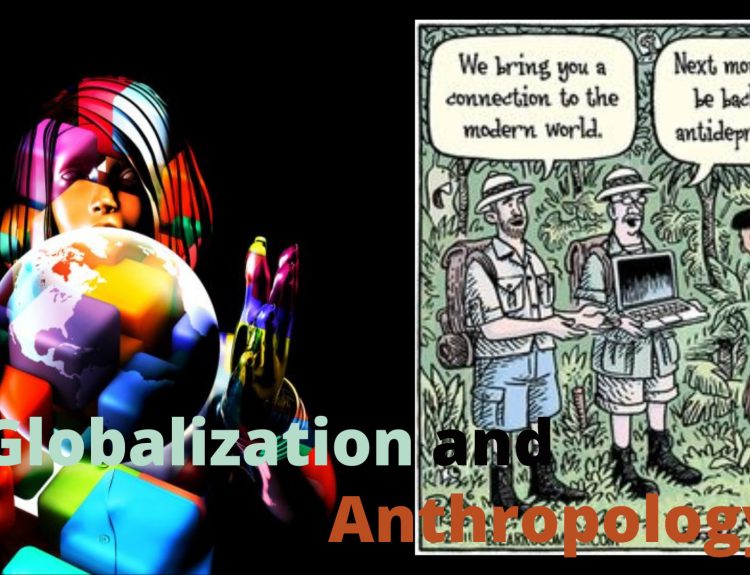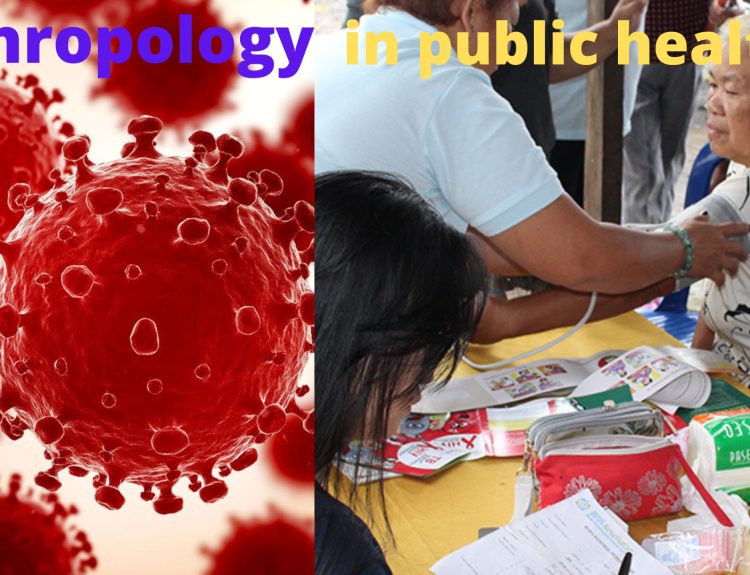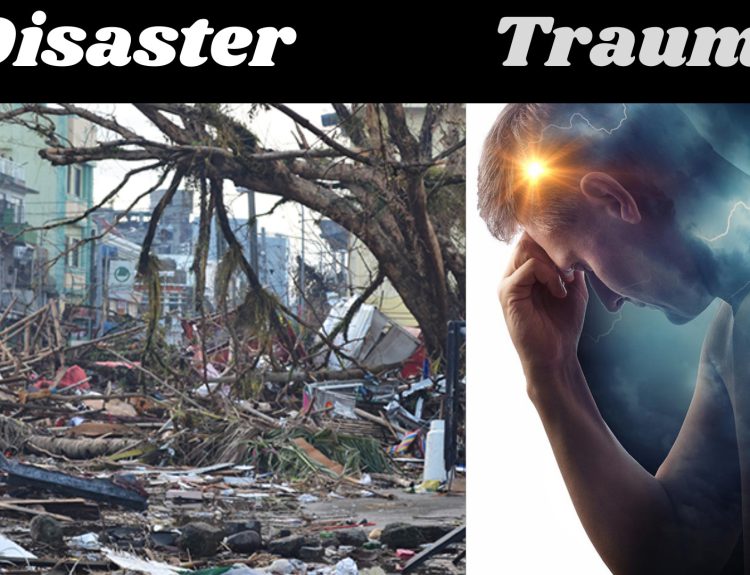In an era where communication is more accessible than ever, the rise of hate speech has become an alarming global issue. Hate speech refers to any form of expression, be it spoken or written, that promotes discrimination, prejudice, or violence against individuals or groups based on attributes such as race, religion, ethnicity, gender, or sexual orientation. The Power of Words: Understanding Hate Speech sheds light on the destructive impact of language and the urgent need for greater awareness and accountability.
All hate crimes begin with hate speech. Even acts of genocide have their roots in hateful words. The violence against the Rohingya population in Myanmar is an example of how hate speech can lead to terrible consequences. It’s important to understand that words can be as harmful as weapons, causing significant damage and suffering. The cellphone has become an essential device for almost everyone, serving as a platform through which hate speech can spread via social media. However, this same tool can also be harnessed to counter hate speech effectively.
Hate is Learned, Not Innate
It is crucial to remember that hate is not innate; it is a learned behaviour. No child is born with hatred in their heart. However, hate has the potential to inflict immense damage and dehumanize individuals. We must acknowledge that no person, regardless of their background, is immune to the harmful effects of hate speech, which can lead to tragic outcomes like suicide.
The family plays a significant role in a child’s socialization process. It is within the family unit that children first encounter notions of hate. They may hear discussions about stereotypes, their own ethnic group, as well as other racial and religious communities. Through these interactions, they start to comprehend the concept of “otherness,” distinguishing between “us” and “them.”
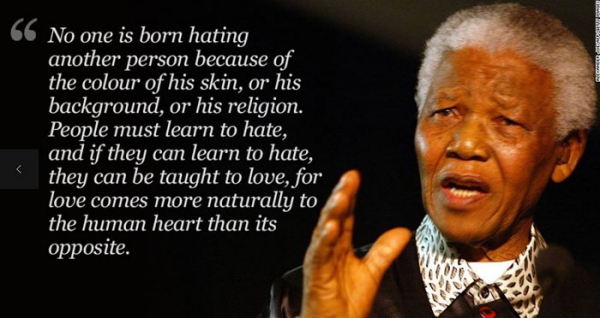
The transition of children from their homes to school marks a pivotal moment in their socialization process. It is through schools that they are exposed to various religious organizations, media-political issues, and cultural dynamics prevalent in society. As they progress through different educational stages, such as college, they internalize these experiences and ideas, shaping their beliefs and attitudes.
As children mature into adults, the values and ideologies they have internalized throughout their educational journey become part of their identity. They carry forward these beliefs into the next cycle of socialization, influencing their interactions, decisions, and contributions to society.
In order to combat hate speech, we need to actively intervene in the process of socialization. It is essential that we engage in conversations with our children, encouraging them to embrace and appreciate differences rather than fearing them. By emphasizing the positive aspects of diversity, we can help shape their understanding that differences are valuable and enriching.
The Role of Technology
Technology plays a significant role in both the propagation and mitigation of hate speech. Technology, particularly social media platforms and online communication channels has provided a global platform for hate speech to rapidly spread and reach a wide audience. The speed and ease of sharing content online can lead to the amplification of hateful messages and increase their visibility.
The anonymity afforded by technology enables individuals to engage in hate speech without revealing their true identities. This anonymity can lower inhibitions, leading to more aggressive and discriminatory behaviour online. People may feel emboldened to express views they would not normally express in face-to-face interactions.
Technology provides channels for cyberbullying and online harassment, which can involve hate speech targeting individuals or specific groups. Social media platforms, messaging apps, and online forums can become breeding grounds for coordinated harassment campaigns that aim to intimidate, threaten, or demean individuals.
Read- DIGITAL TRANSFORMATION, HOW IT IS CHANGING THE WORLD?
Despite the challenges posed by social media, it remains a valuable tool for engagement and communication. The key lies in understanding how to effectively address the issues that need to be discussed. By using social media platforms responsibly and strategically, we can initiate meaningful conversations, raise awareness, and promote positive change.

Technology also enables the identification, reporting, and monitoring of hate speech. Online platforms can implement reporting mechanisms for users to flag inappropriate content, which can then be reviewed and potentially removed. Automated tools and machine learning algorithms can assist in monitoring and detecting hate speech patterns at scale.
Technology can be utilized to develop tools and strategies to counter hate speech. Natural language processing, sentiment analysis, and machine learning techniques can be employed to identify and analyze hate speech patterns. Online communities and organizations can leverage technology to promote counter-narratives, educate users, and raise awareness about the impacts of hate speech.
While technology has the potential to exacerbate the problem of hate speech, it also offers opportunities for its prevention and mitigation. By implementing responsible content moderation policies, promoting digital literacy, and fostering inclusive online spaces, technology can be harnessed to combat hate speech and promote a more respectful and tolerant online environment.
Legal Frameworks and International Efforts
There is no agreed definition of “hate speech”.
Hate speech typically refers to using offensive or discriminatory language targeting individuals or groups based on their religious beliefs, ethnicity, race, or nationality. It is important to note that the UN’s strategy and action plan on hate speech also includes addressing hate speech related to sex and gender.
To combat hate speech and promote human rights, there are critical International Agreements in place, such as-
The Universal Declaration of Human Rights (UDHR)
The Convention on the Prevention and Punishment of the Crime of Genocide was adopted by the General Assembly of the United Nations in 1948.
The International Convention on the Elimination of All Forms of Racial Discrimination (CERD) was adopted by the UN General Assembly in 1965.
The International Covenant on Civil and Political Rights (ICCPR) was adopted by the UN General Assembly in 1966.
The Rome Statute of the International Criminal Court was adopted in 1998.
These agreements establish standards and guidelines to protect individuals from discrimination and ensure their rights to freedom of expression, equality, and non-discrimination are upheld. By adhering to these conventions, countries can work towards eliminating hate speech and fostering inclusive societies that respect and value the dignity of all individuals.
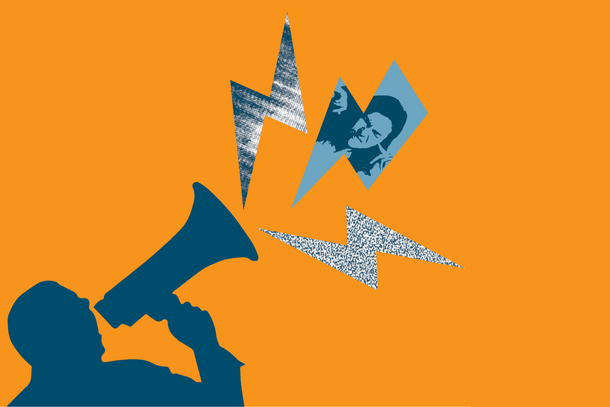
International Day for countering hate speech
On June 18, 2019, the United Nations Secretary-General, António Guterres, introduced the United Nations Strategy and Plan of Action on Hate Speech. This plan provides a comprehensive framework that outlines hate speech as encompassing various forms of communication, including spoken or written words and behaviours. It specifically targets language that is derogatory, discriminatory, or offensive towards individuals or groups based on their religion, ethnicity, nationality, race, colour, descent, gender, or other identity factors.
In July 2021, the UN General Assembly drew attention to the escalating and widespread issue of hate speech globally. Recognizing the need to address this problem, the Assembly passed a resolution focused on fostering inter-religious and intercultural dialogue while promoting tolerance as a means to counter hate speech.
As part of this resolution, June 18 was designated as the International Day for Countering Hate Speech. This significant date aligns with the launch of the UN Strategy and Plan of Action on Hate Speech that occurred on June 18, 2019, further reinforcing the importance of combating hate speech and building upon the initiatives set forth by the UN.
Conclusion
Addressing hate speech requires a multi-faceted approach that combines legal frameworks, technological advancements, and grassroots efforts. As individuals and societies, we must actively reject hate speech, promote inclusivity, and work towards building a world where all individuals can live free from discrimination. By fostering empathy, educating ourselves, and leveraging the power of technology responsibly, we can collectively combat hate speech and create a more harmonious and accepting society for future generations.
Addressing hate speech is a shared responsibility that extends to various stakeholders, including governments, society, the private sector, as well as individuals, regardless of gender. It is incumbent upon all of us to take action. We must collectively stand against hate speech and unequivocally reject its presence in our communities. Let us unite and say a resounding “no” to hate speech.
We welcome any suggestions or feedback you may have regarding the content discussed in this article. Your input is valuable to us, as we strive to continuously improve and provide relevant and insightful information. We are grateful that you have dedicated your time to reading this article. Your engagement is highly valued, and we eagerly await any feedback or thoughts you may have.
References
International Day for Countering Hate Speech- UN
UN Human Rights Chief: Hate speech has no place in our world
International Day for Countering Hate Speech- UNESCO
International Day for Countering Hate Speech- UNFPA
UNITED NATIONS SUPPORT OFFICE IN SOMALIA


